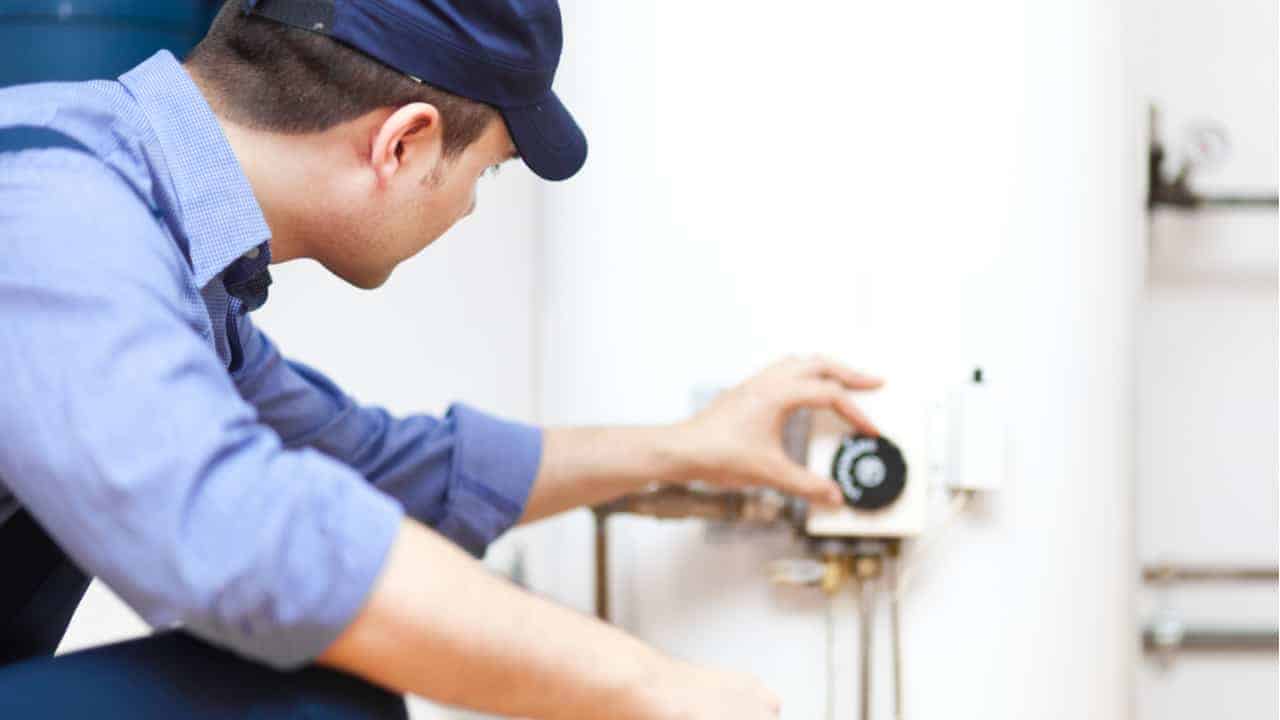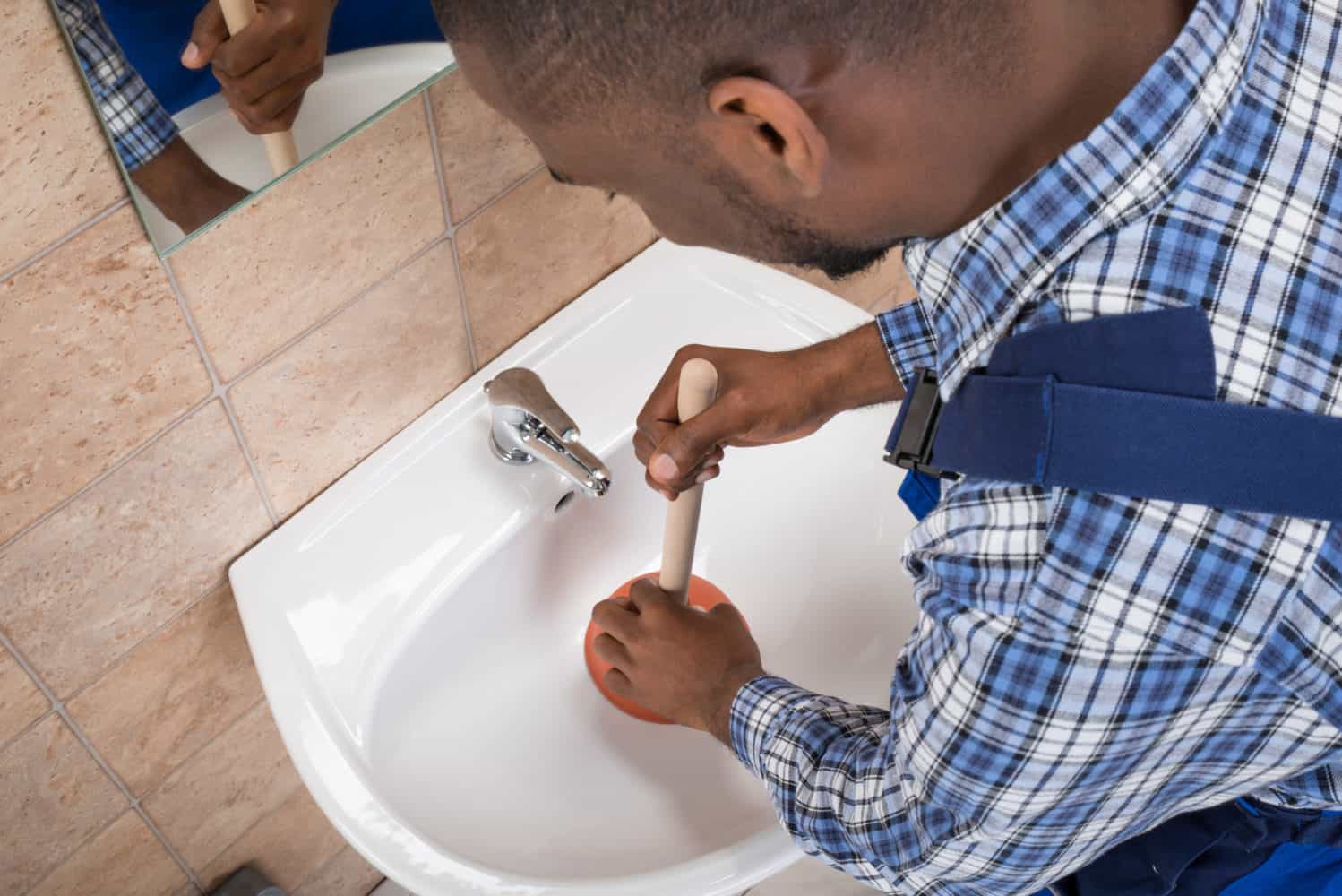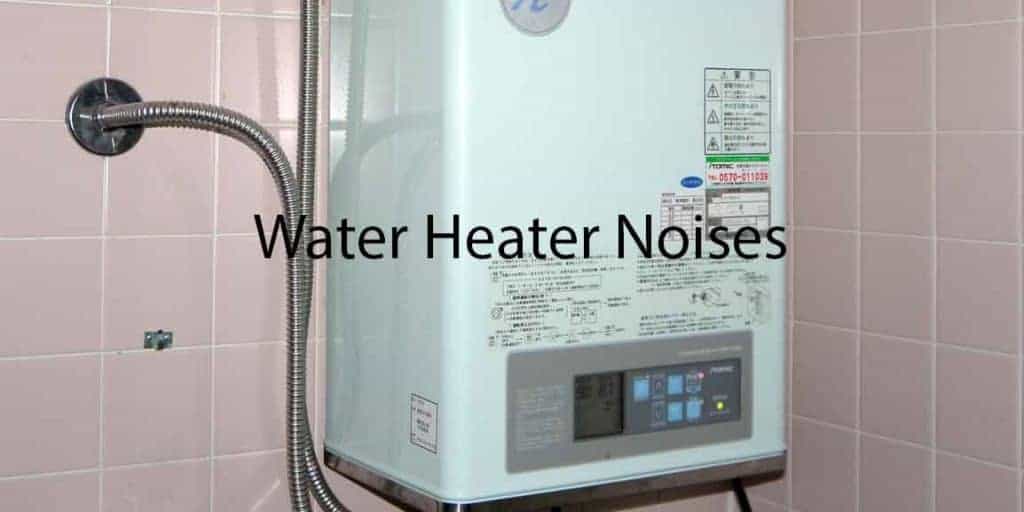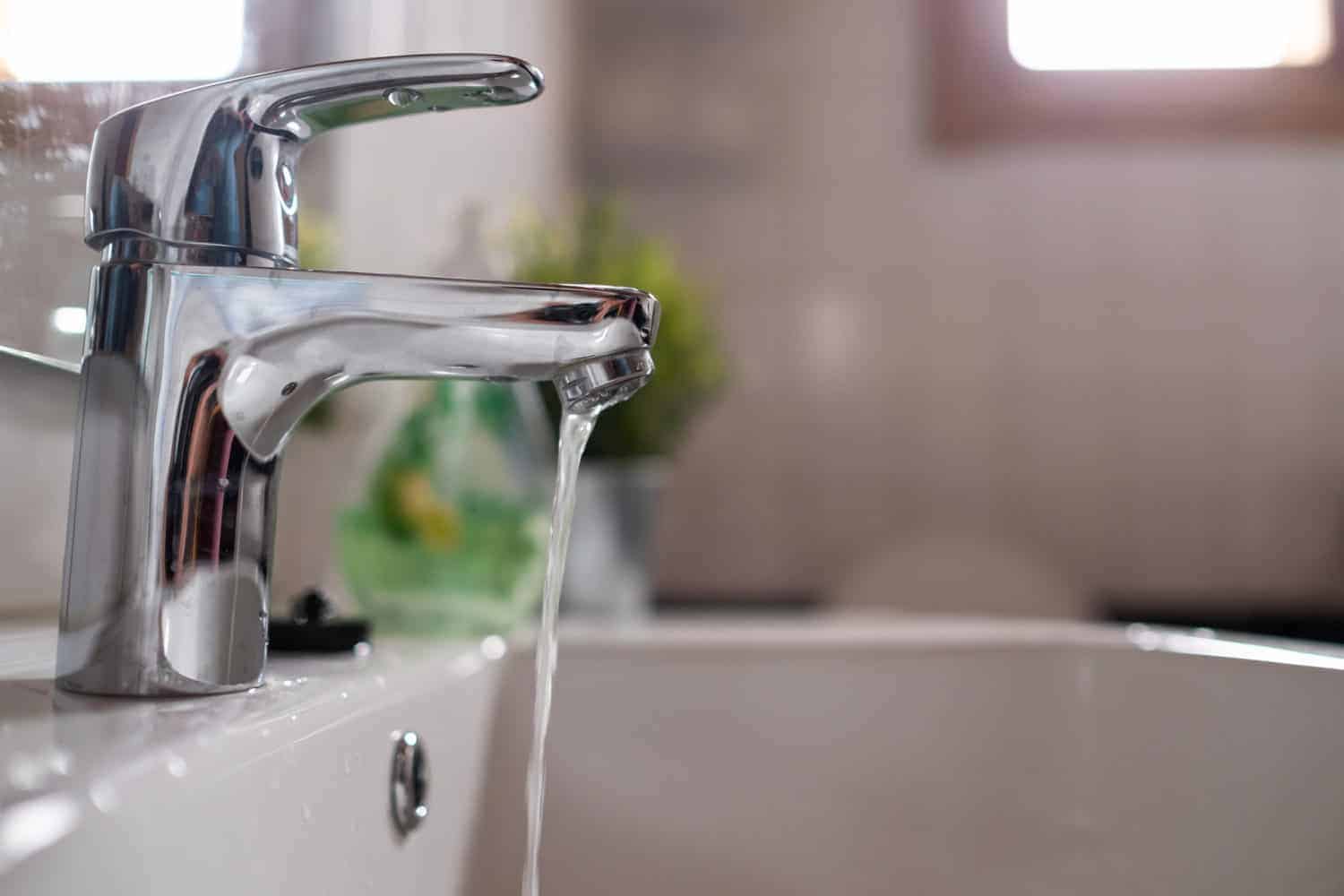Battling a pilot light that just refuses to stay lit no matter what you do can be extremely frustrating – after all, not all of us are experienced technicians who know more than just one way to fix this issue and this lack of knowledge can only lead to further frustration.
Besides the fact that it prevents the furnace from functioning properly, a pilot light that won’t stay lit can and will deny you the comfort that comes with having a hot morning shower.
Unfortunately, there are quite a few reasons that can cause this issue, and in this article, I’ll try to go over the most common ones.
Read till the end of the article and inform yourself of the potential causes behind this problem so that you can prevent them from occurring in the future. I’ll discuss each potential cause in detail and provide potential solutions.
Contents
The Reasons Causing the Pilot Light to Keep Going Out
In most cases, a water heater pilot light keeps going out due to one of the following reasons:
Obstructed Thermocouple

The Problem – Newest water heaters use something called a thermocouple – a sort of a temperature sensor – to function properly. Most recently manufactured water heaters can’t function without it, and this part also knows whether the pilot light is working or not at all times.
As a safety measure, the thermocouple will instantly turn off the gas once it identifies that the pilot light is not lit. One thing that can obstruct the signal coming from the pilot light to the thermocouple is dirt. In other words, a dirty thermocouple can easily be the reason behind your gas outage.
The Solution – Clean your thermocouple! Yes, this is something you can totally do on your own since this device is very easy to locate. Just make sure to turn off the gas valve before doing so and, in that way, prevent the risk of gas leaks.
Bent Thermocouple
The Problem – Besides the fact that it can become grimy and dirty over time, this important device can also get bent. And once it’s bent, it may easily lose the signal coming from your water heater’s pilot light.
Obviously, if it curves too far away from the pilot, the thermocouple becomes incapable of detecting the heat signal and it turns off the gas for safety.
The Solution – A bent thermocouple needs to be straightened. Remember – the flame needs to touch this important device so that it can detect the heat. Wait for it to cool down and then carefully bend it back towards the pilot. By doing so, you’ll fix your problem.
Damaged Thermocouple
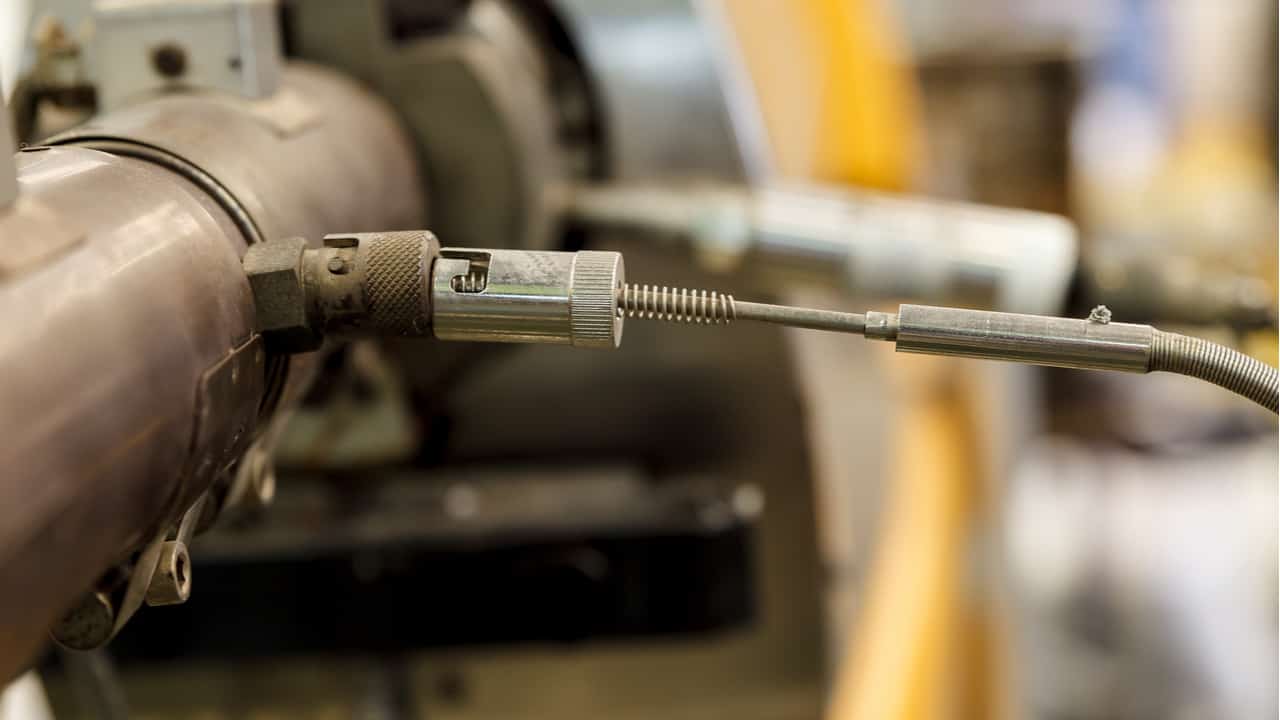
The Problem – If your thermocouple isn’t curved or grimy, there’s a pretty good chance it’s damaged in some way. In fact, a damaged thermocouple is one of the most common reasons behind a pilot light that keeps going out.
To determine whether your thermocouple is actually damaged or not, take it down and then simply test it with a multimeter. A word of advice, though – do not remove the thermocouple before it’s cool, and make sure to turn off the gas first. Your suspicions will be confirmed if the voltage the thermocouple supplies is below 20 MV.
The Solution – If you’re not a tech-savvy person, you probably won’t be able to fix this problem on your own and you’ll need to hire a technician. Also, keep in mind that only the slightly damaged thermocouples can be repaired – the ones that are severely damaged need to be replaced completely.
Dirty Pilot Tube
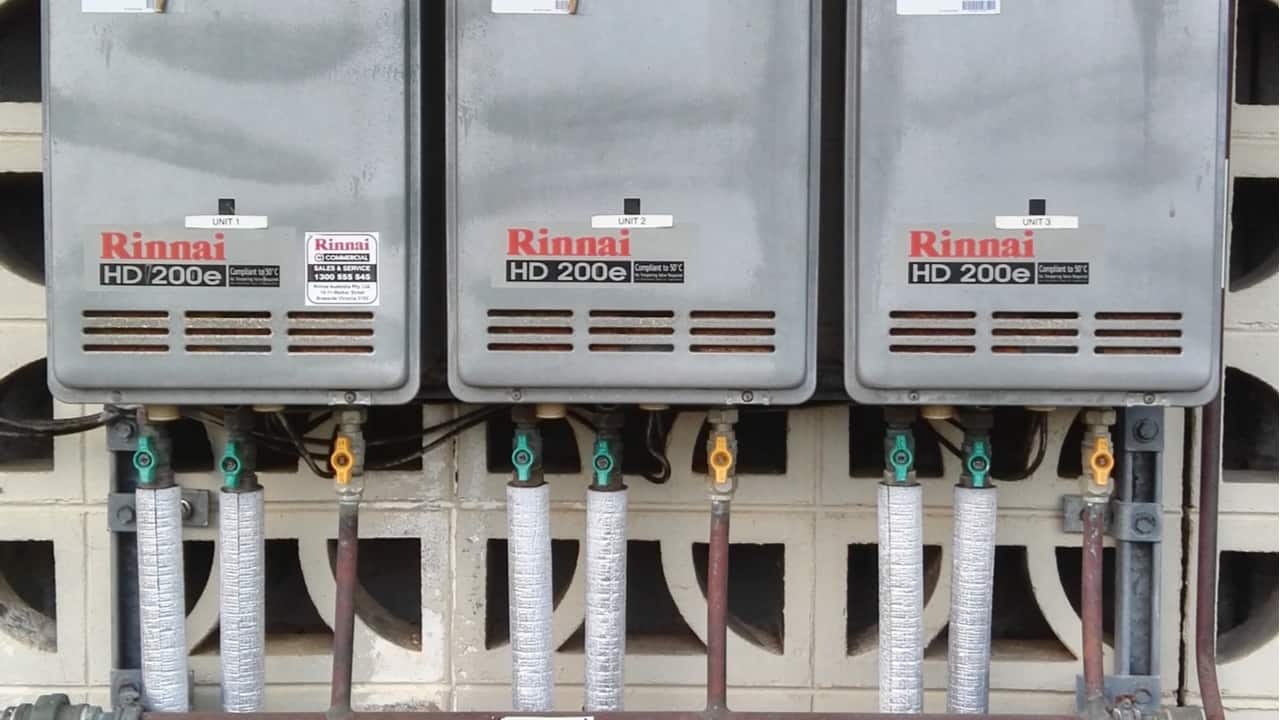
The Problem – If you’ve checked your thermocouple and it’s not damaged, bent, or dirty, there’s a pretty good chance that the problem lies elsewhere – in the pilot tube. If this part is dirty, it can easily cause the malfunctioning of the water heater.
Now, you may be wondering – how in the heck is this causing my tankless heater to not function properly? It’s very simple, actually. The gas cannot flow if the pilot tube is completely blocked by grime and dirt.
The Solution – It goes without saying, but the solution to this issue is to allow the pilot tube to function properly by giving it a thorough cleaning. Once you’ve taken all the necessary precautions, find a small needle and use it to clean your pilot tube.
If you find any large particles inside of it, you can be sure that they are the main culprits behind your problem. Once the cleaning process is over, check whether the pilot light stays on by testing your heater. Clean the tube again if it doesn’t.
Flex Tube Defects
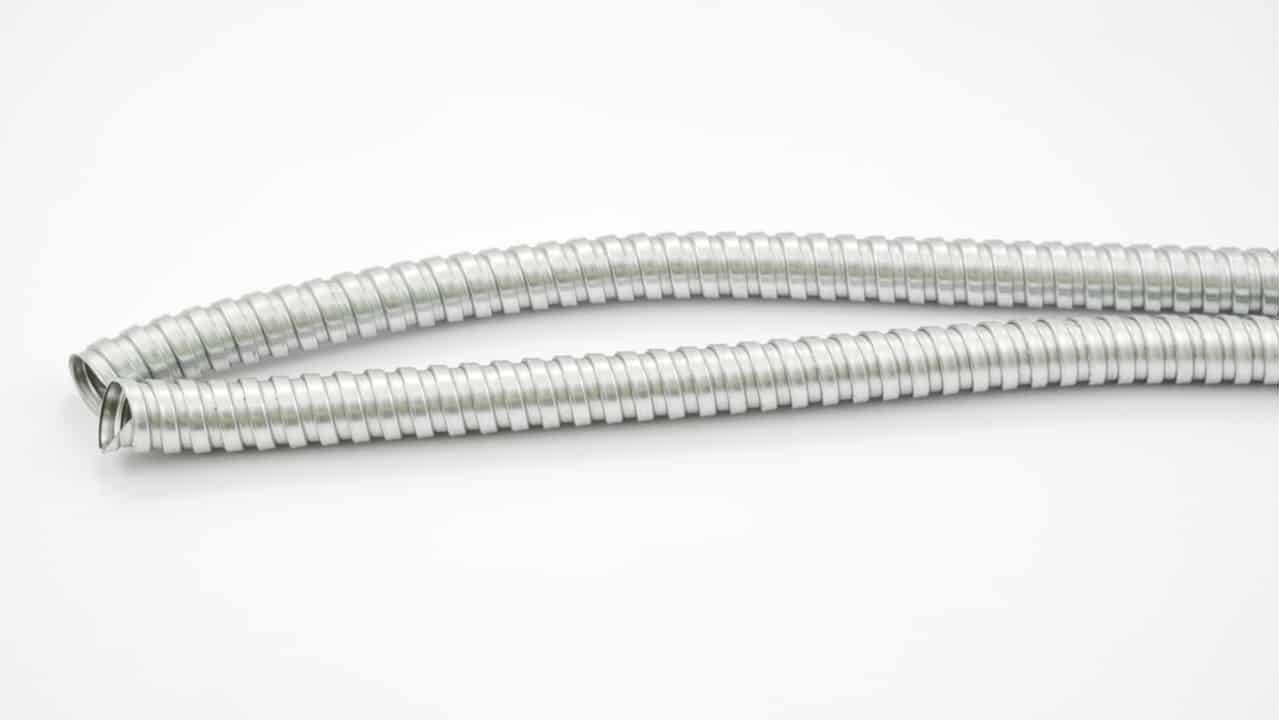
The Problem – A water heater pilot light may keep going out because of the flex tube defects, too. If the continuous flow of gas inside the flex tube (which allows the gas to reach the pilot light) is interrupted in some way, it will cause the pilot light to go out.
In most cases, this will occur because the flex tube is twisted at one or several points.
The Solution – Thoroughly check your flex tube and straighten any bents you find. Remember that there’s no guarantee that this will solve the issue, though – maybe you’ll need to replace your old flex tube with a new one.
However, before you resort to that, ensure that you’ve made all the other checks due to the fact that flex tube issues aren’t that common.
Main Control Valve
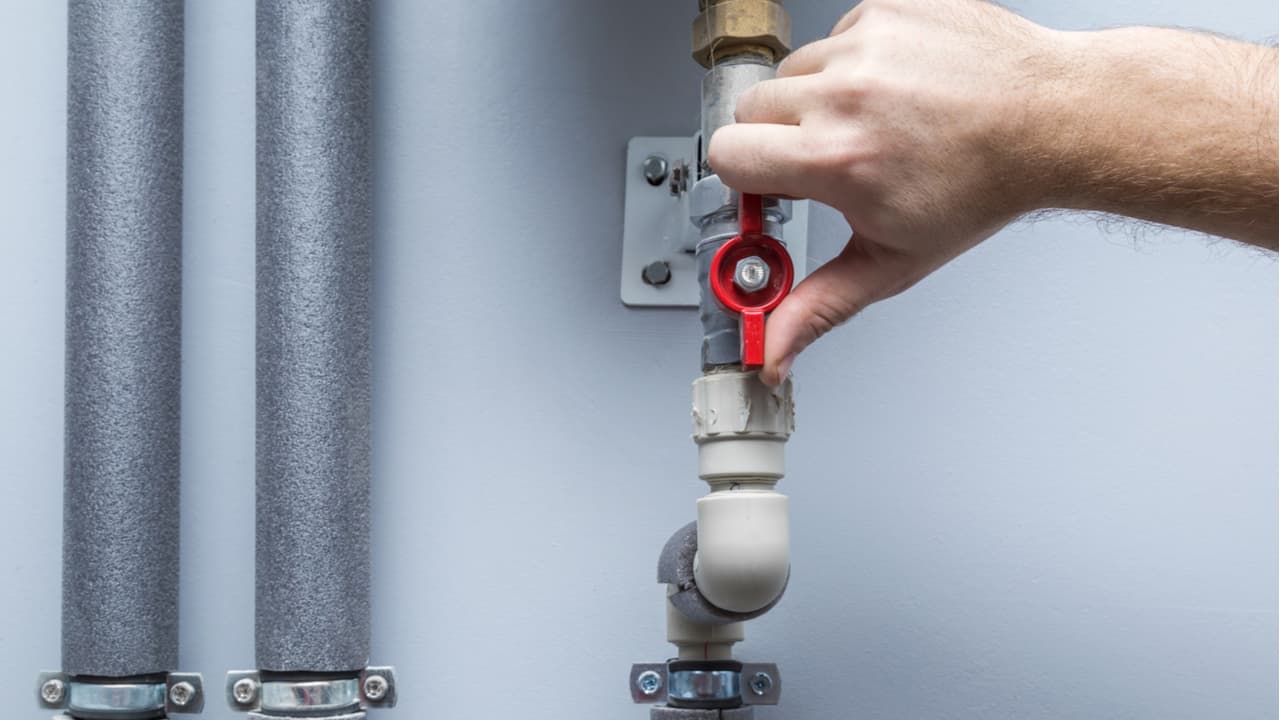
The Problem – Another reason why a water heater pilot light may keep going out is a faulty main control valve. Just like the flex tube defects, the main control valve issues are generally less frequent.
For that matter, it’s vital to conduct all the other checks before you assume that the problem lies in the main control valve. Check the controls with a multimeter.
The Solution – In most cases, a technician will be able to easily repair a faulty control valve. But sometimes, replacing a malfunctioning valve with a new one is a better decision, particularly if you want to avoid potential future expenses.
Faulty Electrical System
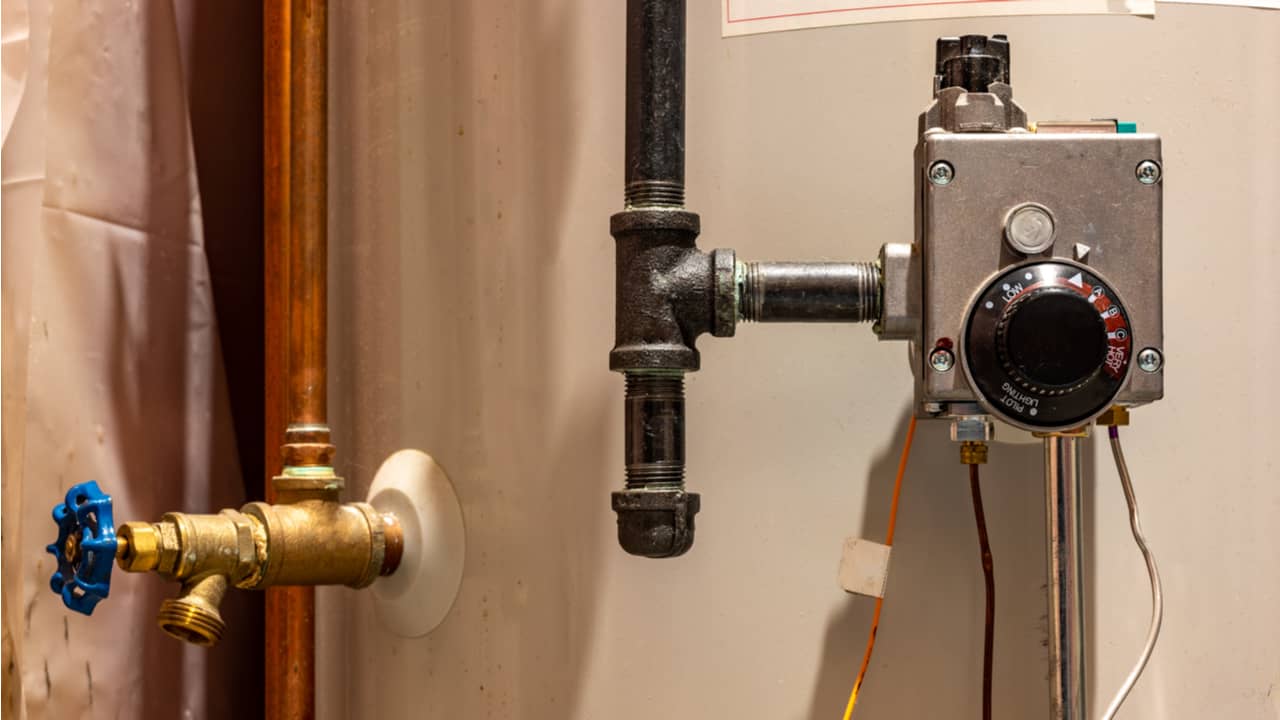
The Problem – Obviously, this issue is most common with electric water heaters. The problem mostly occurs due to the poor wiring of the inner devices. An electric water heater that was not wired in a correct way is prone to short-circuiting, which is one of the most frequent problems with these appliances.
A malfunctioning electrical system is typically identified by a breaker shutdown, which is then followed by a complete shutdown of the appliance.
The Solution – If you have any suspicions that there’s something wrong with the wiring, the best course of action would be to hire an expert. Messing with electricity is not something you want to do if you don’t have adequate experience.
A Faulty Burner
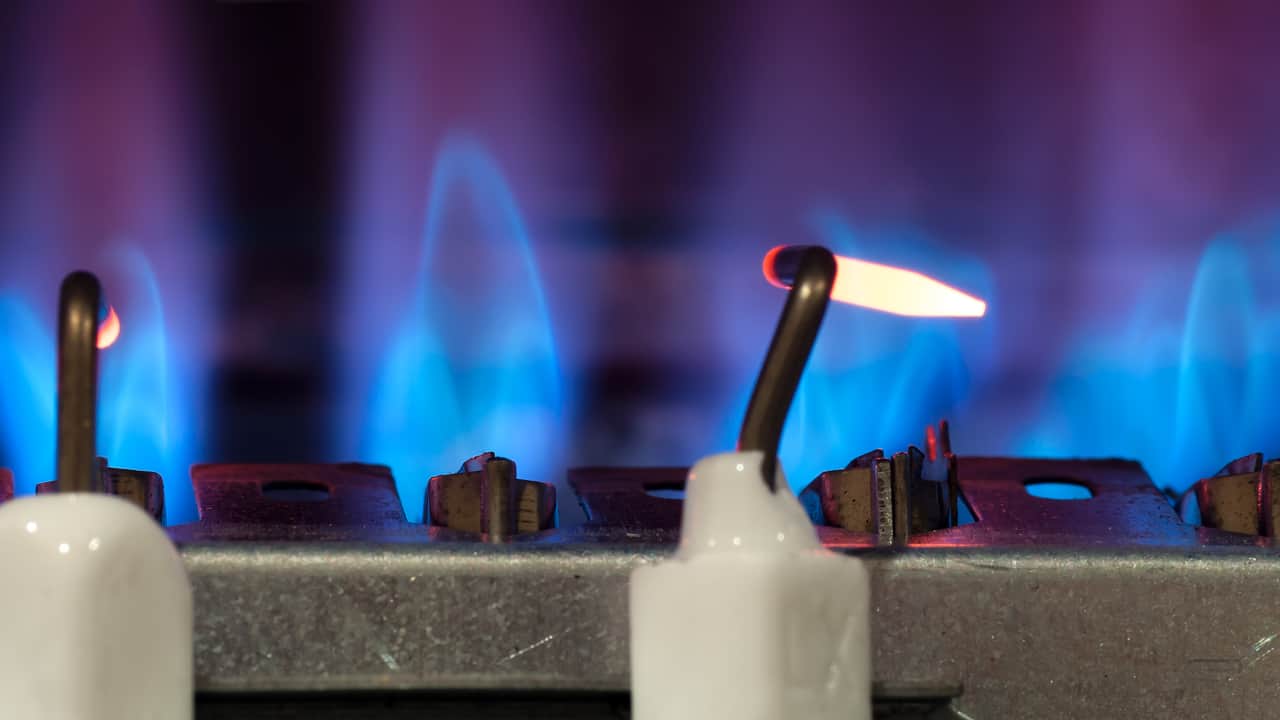
The Problem – Another thing that can cause the pilot light to go off is a faulty burner. A defect of this type will almost certainly mess with your heater’s ignition.
The Solution – The best way to handle a defective burner is to simply replace it with a new one. However, making some preliminary checks before doing that is highly advisable.
Turn on the hot water tap and then wait for some time for the heater’s burner to ignite. If it doesn’t ignite, change to a lower temperature and check again. If the same thing happens, it’s time to have the faulty burner replaced with a new one.
How Do I Reignite the Pilot Light?
Every water heater arrives accompanied by a user manual. Before you decide to reignite the pilot light on your own, take all the necessary safety precautions – after all, you’ll be dealing with gas, and that’s always risky.
Turn on the heat mode on the thermostat and keep it going by getting it up to around 80 degrees. Once you’ve done that, take a look around your furnace and search for the pilot light. And once you find it, turn off the “on/off” knob next to it.
In most cases, the pilot light will be right next to the gas burner tube. Take a long lighter or a match and carefully ignite the flame while switching the knob to “pilot”. Hold the knob in this position for around half a minute, and then turn it back to “on” once the pilot light comes on.
If the process I described above fails to work in your case, simply repeat it, but this time, hold the knob in the “pilot” position for a full minute. You’ll be doing this in order to allow the thermocouple, which I’ve mentioned a couple of paragraphs above, to get sufficiently hot and allow the pilot light to turn on.
This process is also known as “thermocouple jump-starting”. If nothing happens even after you’ve repeated this process at least five times, you’ll have to take advantage of your warranty or hire a technician.
Take Advantage of Your Warranty
Just like a lot of similar appliances, water heaters are typically accompanied by 1 or 2-year warranty deals. It goes without saying, but a water heater whose pilot light doesn’t work as it should during this period is eligible for free fixing at the place where it was purchased.
Obviously, this is extremely beneficial – you’ll have your damaged pilot light repaired or even completely replaced free of charge.
Call a Technician
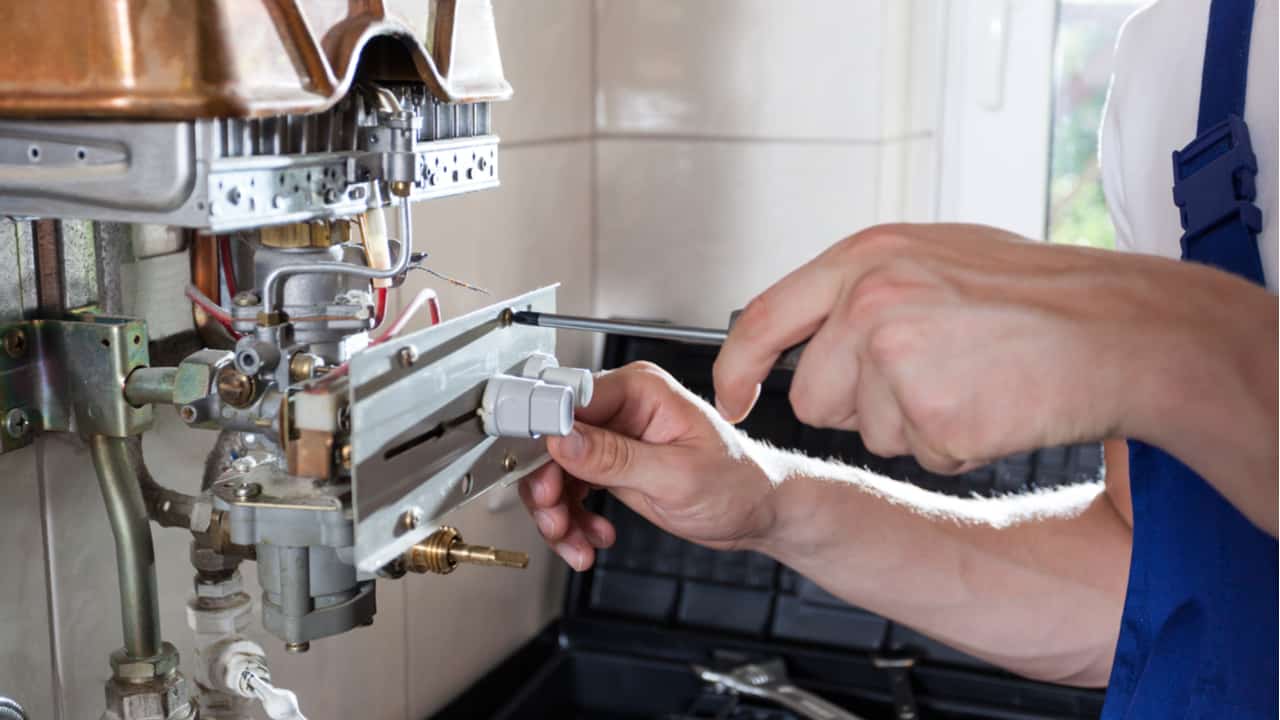
Has your water heater exceeded its warranty period? Have you made all the adjustments and checks I’ve listed throughout this article? If the answer to both of these questions is yes, calling a technician is the last remaining thing you can do.
Keep in mind that the vast majority of people aren’t exactly DIY-inclined – do not consider hiring an expert as your last resort and simply do it if you have no experience with fixing household appliances.
Also, don’t forget that dealing with electricity and gas is both dangerous and delicate and that it can’t be done by just anyone. While it’s true that hiring a technician means dealing with extra expenses, it also keeps you and your loved ones safe, and nothing should ever be more important than that.
If you are not sure what’s the difference between a water heater and a furnace, then you should definitely have a pro repair your water heater.
Look at it from the positive side – letting an expert do his job prevents you from unintentionally damaging your faulty water heater even more. Finally, a technician has the experience and knowledge to detect all sorts of potential future problems, saving you from future expenses by giving you some tips on how to avoid these possible issues.
The Conclusion
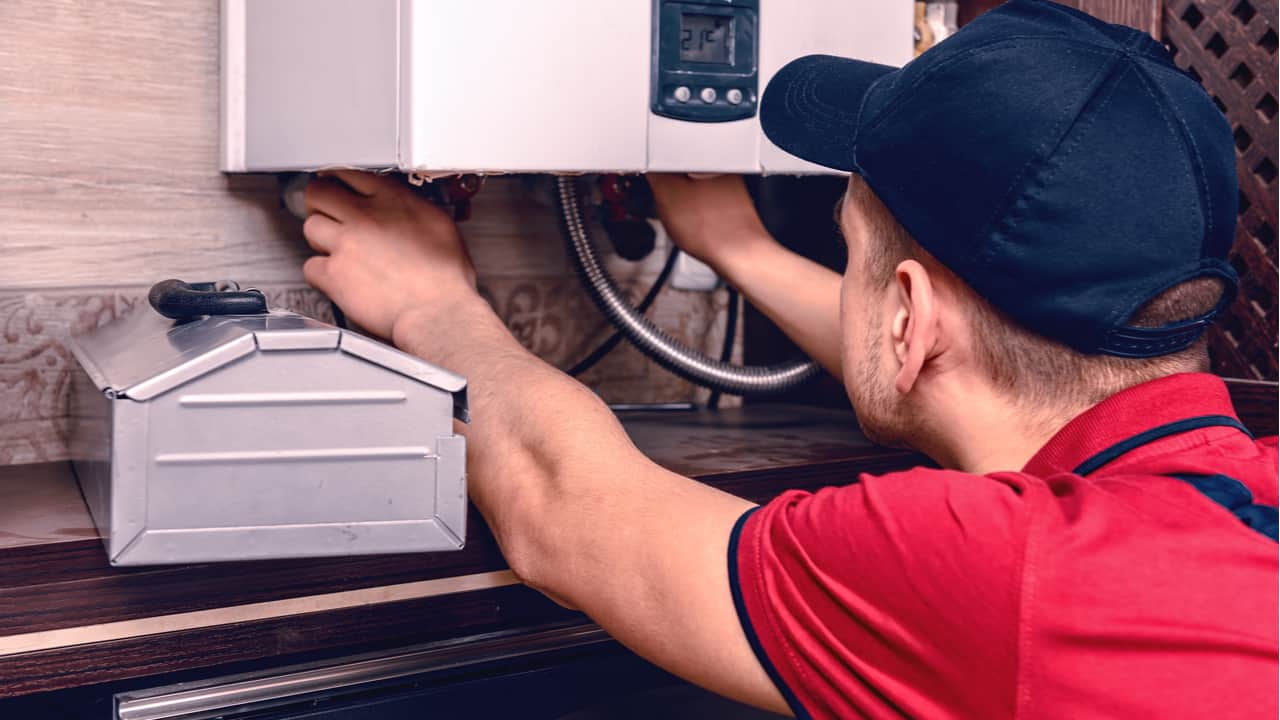
As you can see, there are quite a few things that can cause a pilot light to keep going out. The usual suspects, however, are the main control valve, flex tube, pilot tube, and thermocouple. Hopefully, the solutions I’ve provided in this article will assist you in fixing these problems.
